The problem
Our phosphorus demand increases as a burgeoning world population shifts its diets toward more phosphorus-intensive meat and dairy and as the energy and industrial sectors consume more biomass. However, the world’s remaining phosphate rock reserves increasingly contain contaminants and are non-renewable, finite, and concentrated in a small number of countries, posing geopolitical vulnerability. Some regions lack adequate access to phosphorus to grow food. Meanwhile, in other regions, intensified phosphorus use has degraded water quality in rivers, lakes, and coastal oceans as toxic algal blooms proliferate and dead zones expand. Excess biomass growth fueled by excess phosphorus levels in our freshwaters decomposes over time and becomes one of the major natural sources of greenhouse gases. Despite these mounting challenges, we continue to manage our phosphorus use poorly and recycle little of what we use.
Our Issues
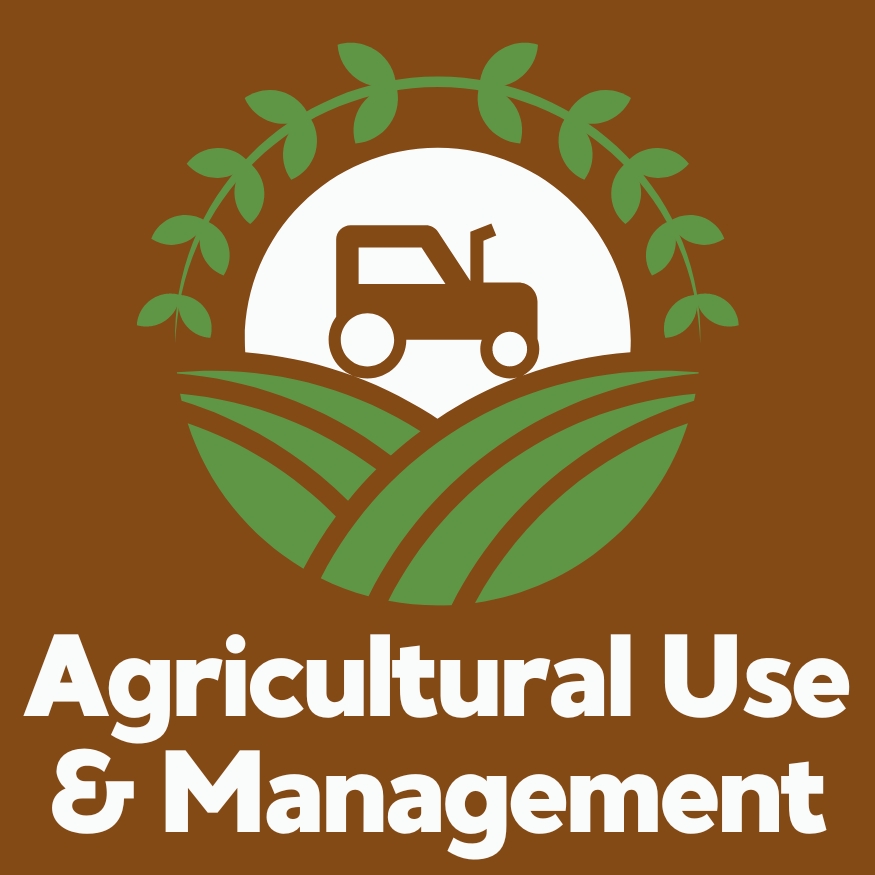
- Optimize phosphorus inputs to agricultural soils and maximize crop uptake to minimize losses, including via uptake/improvement of precision agriculture practices and development and use of next generation crops, fertilizer formulations, and soil amendments.
- Better identify phosphorus hotspots for targeted interventions.
- Implement nutrient management planning and conservation practices on farms to reduce erosion and run-off.
- Optimize animal (land and water) diets, including the use of supplements, to reduce phosphorus excretion.
- Recouple animal and crop agriculture and reduce animal densities to better manage manure and slaughterhouse wastes.
- Draw down legacy phosphorus pools for growth of crops, including through use of biologicals and advanced genetics.

- Decrease urban runoff by implementing green infrastructure practices.
- Reduce phosphorus releases from poorly maintained septic systems and provide homes greater access to municipal sewer systems.
- Implement wastewater/stormwater treatment that removes (or, ideally, recovers) phosphorus.
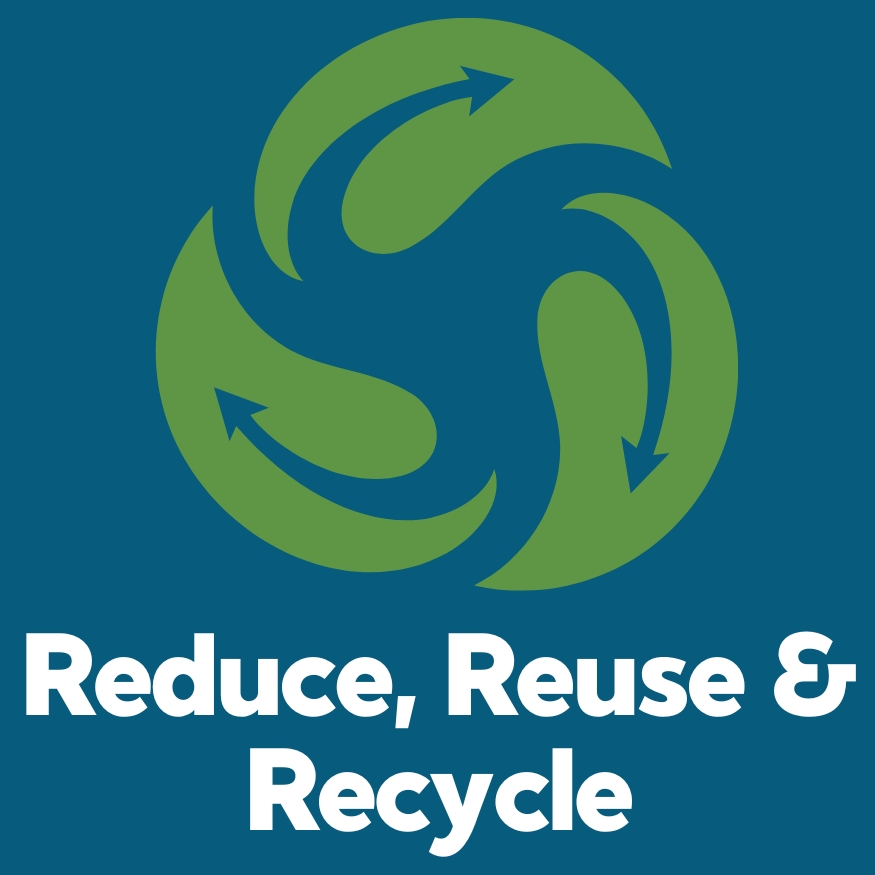
- Reduce mining waste by extracting phosphates more efficiently, particularly from lower grade ores and gypsum stacks
- Increase the use of accessible and appropriate recycled phosphorus in fertilizer and other chemical industries.
- Reduce the amounts of food waste in food processing, retail, and domestic consumption in order to reduce the embedded phosphorus needed to produce that wasted food.
- Increase recovery and recycling of phosphorus from solid and liquid residue streams, including animal waste, human waste, storm water, agricultural drainage, and industrial waste.
- Recycle the phosphorus lost in food waste during food processing, retail, and domestic consumption.

- Promote a shift to healthy and nutritious diets with lower phosphorus footprints.
- Expand public education and outreach to build informed social support for change.
- Support basic and applied research on phosphorus, including technological, economic, and policy studies.
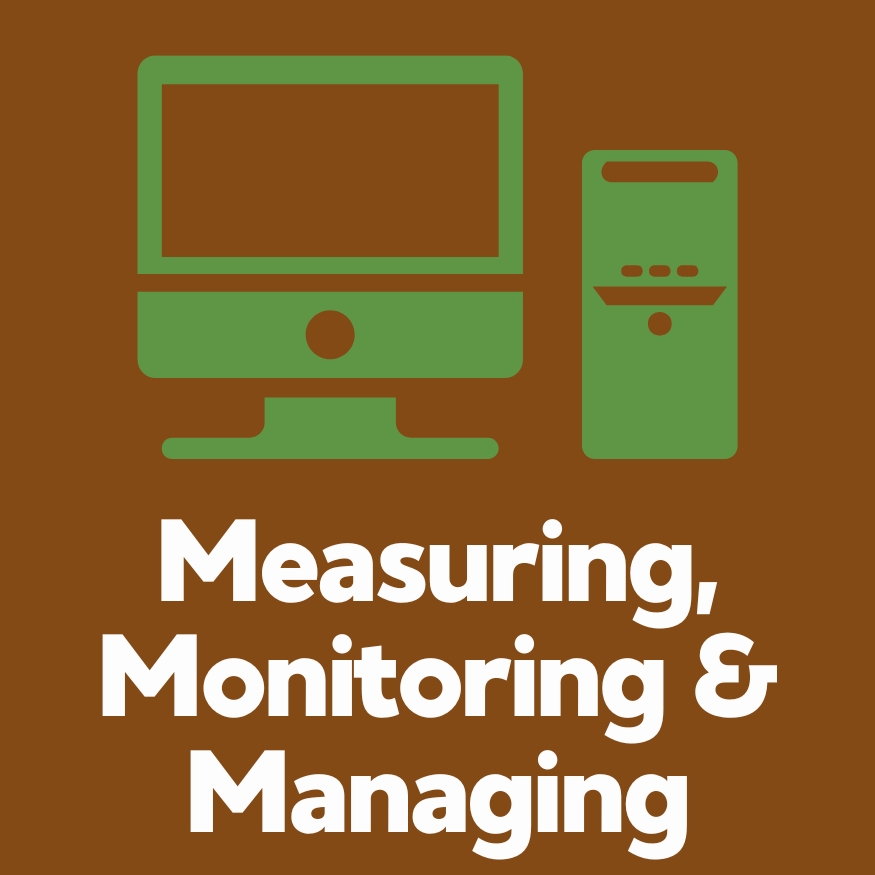
- Improve monitoring and reporting of phosphorus emissions and their impacts on freshwater and coastal ecosystems.
- Implement integrated, multi-scale approaches for freshwater and coastal ecosystem restoration and protection.
- Protect land, especially wetlands and forests, from conversion.
- Develop more integrated regulatory structures that foster holistic nutrient management, including nutrient trading programs.
Our opportunity
The Alliance is a membership nonprofit that brings together public- and private-sector organizations from across the phosphorus value chain to make our phosphorus use more sustainable.
We offer a venue where these organizations can share experiences, network, and develop and implement solutions to phosphorus sustainability challenges.
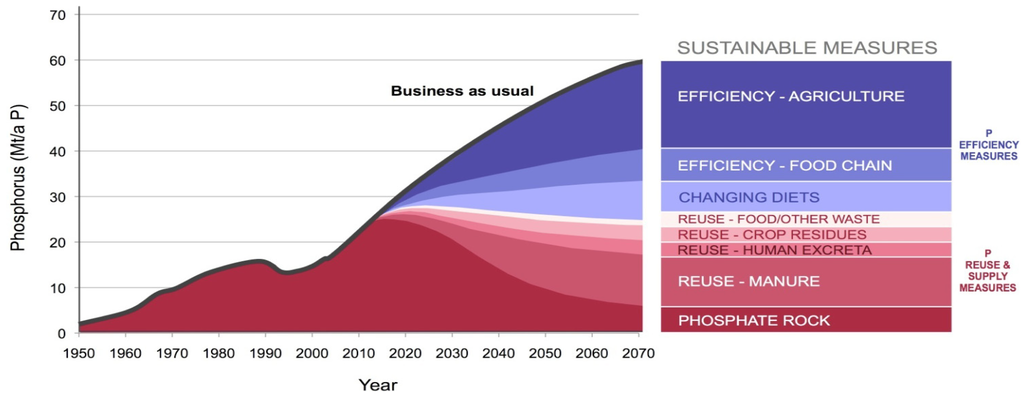
Our history
The formation of the Alliance was an outcome of a multi-year, international research collaboration called the Phosphorus Sustainability Research Coordination Network (P-RCN), which was led by Jim Elser and funded by the National Science Foundation. The Sustainable Phosphorus Alliance was officially founded by Jim Elser and Matt Scholz in October 2016 with the generous support of our Founding Partners: Consultants Allied with Brookside, FEECO International, NACWA, Ostara, The Water Research Foundation. Foundational support was provided by OCP. The motivating idea behind the Alliance’s formation was to facilitate the implementation of real-world solutions to vexing phosphorus sustainability problems that were being (and continue to be) addressed in academic research.
Since its founding, the Sustainable Phosphorus Alliance has been a unit of the Global Institute of Sustainability and Innovation at Arizona State University. We are pleased to be associated with the US News and World Report’s #1 most innovative school and world’s largest university sustainability program. While ASU provides our infrastructure, our activities are funded by membership dues, research grants, and charitable contributions.
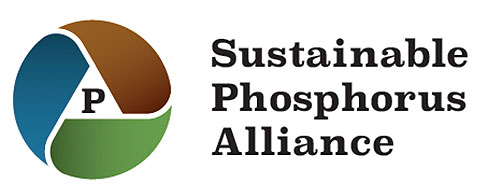
Our mission
Our mission is to be North America’s central forum and advocate for the sustainable use, recovery, and recycling of phosphorus in the food system.
Our vision
We envision a food system that manages phosphorus more sustainably to provide abundant, nutritious food while protecting the health of rivers, lakes, and oceans.
Our values

Objectivity
Our decisions and actions are based in the best available science.

Stewardship
We support the implementation of technologies and practices that benefit ecosystems and not ones that facilitate their deterioration.

Inclusivity
We seek buy-in from diverse stakeholders about best policies and practices.